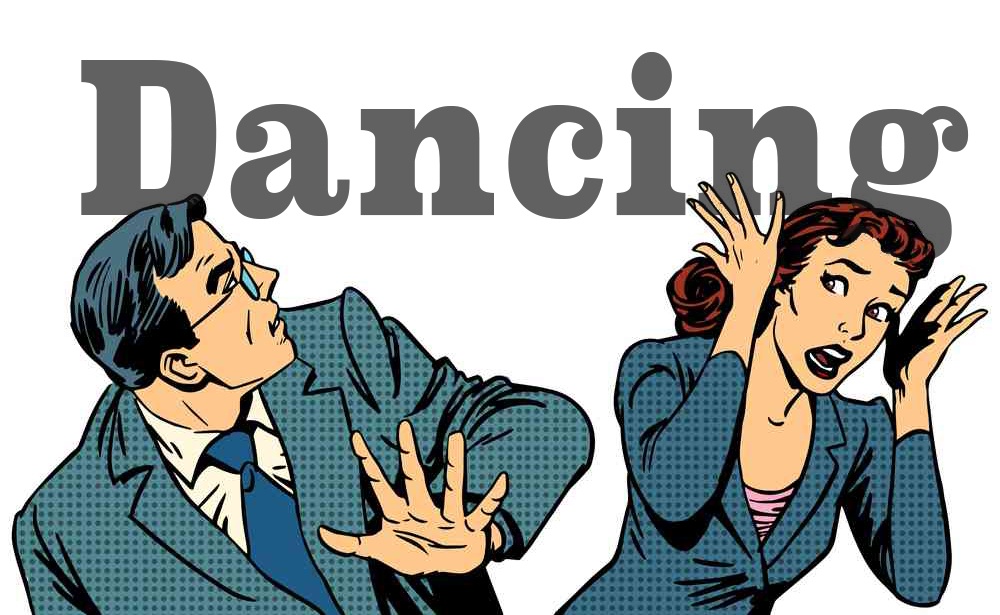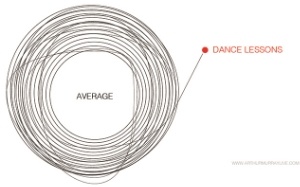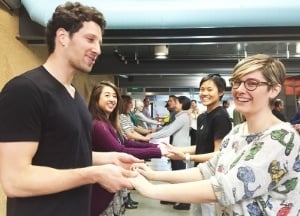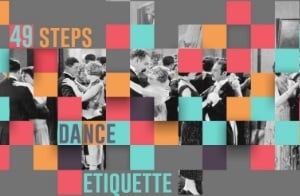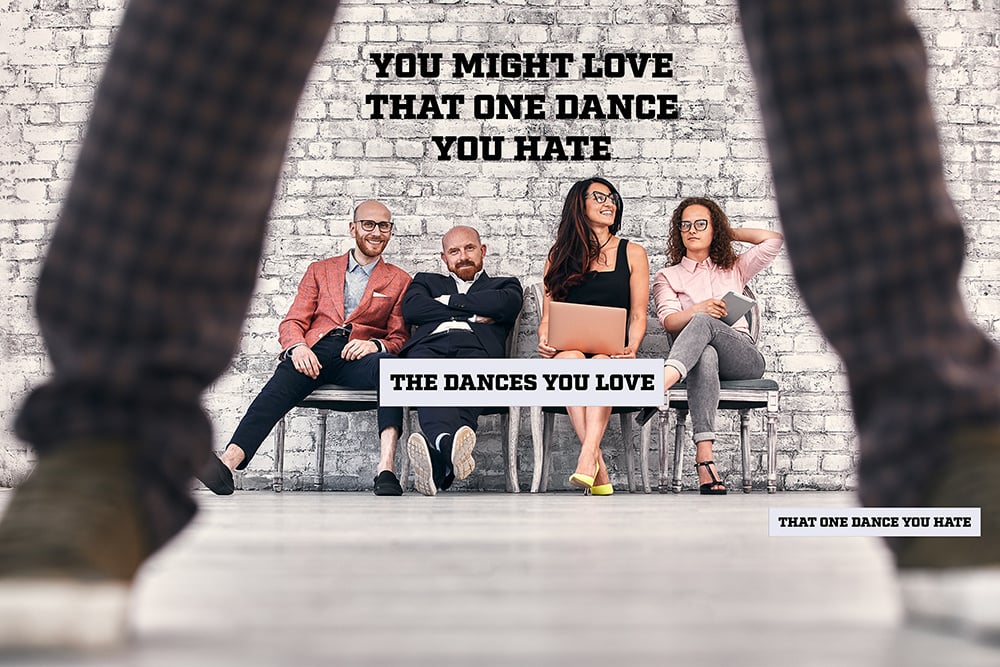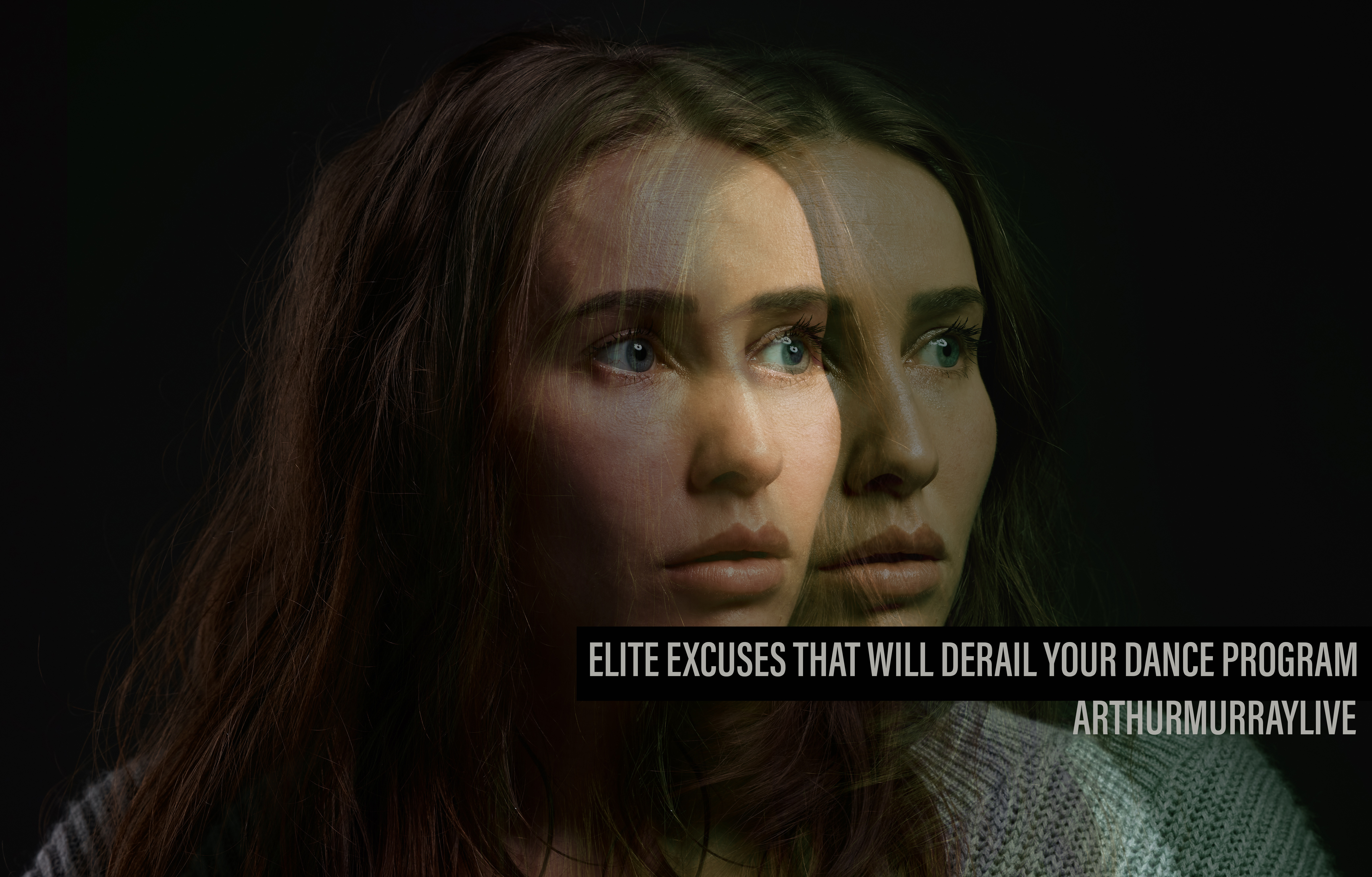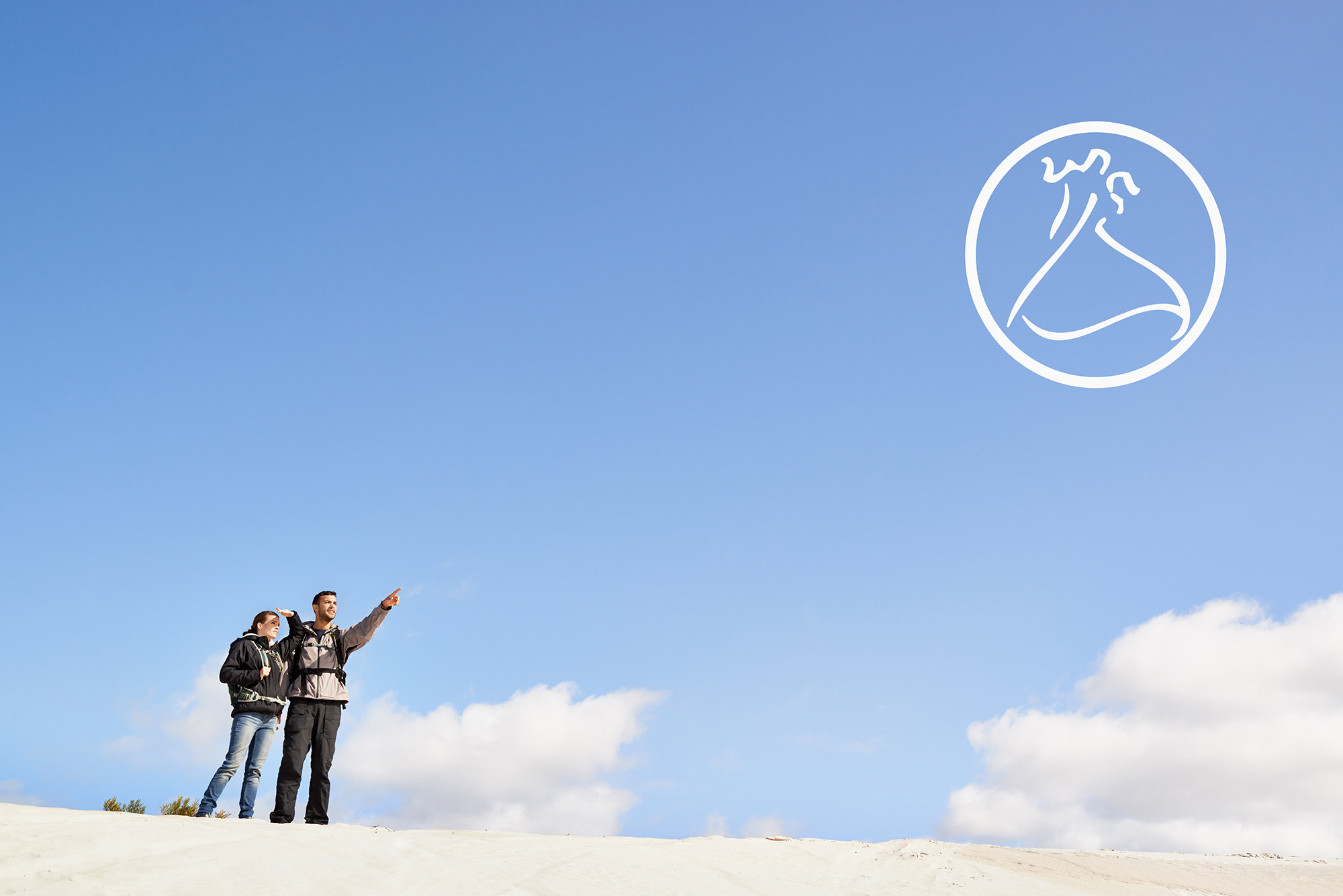 Let's just put this out there on permanent record: It's normal to have a fear of dancing.
Let's just put this out there on permanent record: It's normal to have a fear of dancing.
It's not unlike any other new and slightly scary activities like driving in a new part of town, giving a best man toast, or bungee jumping over daggers, lava, and big hairy spiders.
It's self preservation. You know, that instinct that makes the hair on the back of your neck stand up when you're walking into a dark room, or, you know, bungee jumping over lava. Since a dance floor doesn't pose any real threat to your life, Sigmund Freud may have labeled this fear as neurotic.
We'd just call you a regular person.
"How Do I Overcome My Fear of Dancing?"
This is a response by Chris Lynam, the author, on the question and answer site Quora
1. Eliminate the Myths
There are a lot of myths that keep people on the sidelines, and off the dance floor. They are told over and over, like some folk legend that is now a forgone conclusion...And they are all fake.
- "I was born with two left feet...."
- "You're either born with rhythm or not...."
- "Dancing just isn't for me..."
VERDICT: FAKE
Here's the Truth
- Everyone, in any hobby, needs instruction to get better. Learning to dance is no different. Whether you cal that "two left feet" or "super awkward", everyone looks and feels that way until they take lessons.
- Rhythm is not a born with, or born without skill. It's a skill. Skills can be taught.
For more on this, take a look at 6 Myths About Dance Classes
2. Schedule A Lesson
There is no way of conquering your fear for something by avoiding it.- Find a school that specializes in dance instruction. Not a gym, a community center, or a nightclub.
- Take PRIVATE LESSONS. More expensive, but worth every penny. You need a personal trainer to see you through this transition.
Need more convincing? Try out a free private lesson at Arthur Murray and put the myths to the test
3. Eliminate the Gaps
Avoid long gaps between your dance lessons. If it takes you 30 minutes to get comfortable, and your lessons are 45 minutes - waiting a week won't reduce that time on your next lesson.
-30 + 45 = 15
On the other hand...
If it takes you 30 minutes to feel comfortable, and you take a 90 minute lesson, then you've got 60 minutes of positive territory developing a new comfort zone.
-30 + 90 = 60
You can choose your own calendar, and the closer you keep your lessons scheduled, the sooner you'll feel acclimated.
For new students, try reading: Your First Lesson at Arthur Murray - Perception Vs. Reality
4. Avoid Early Assessments
Every lesson you're making progress, feeling more comfortable, but no matter what you do... avoid making assessments.It would be unfair to judge the entire process at such an early stage.
It would be like judging a caterpillar in a butterfly contest. It's too early!
During this time you should:
- Let your teacher give all the feedback.
- Avoid watching yourself in the mirror.
- Don't try to practice, or fix things, at home.
- Keep an open dialogue with your teacher if you have concerns.
5. Attend A Group Class
Yes, group classes can seem scary, but they have a much bigger purpose than a few extra dance steps.You need proof, social proof. A group class is the perfect opportunity to:
- Meet other new students and share your stories
- Meet newer students! Wow, if there's someone more afraid than you, won't that open your eyes to your progress?
- Get positive reinforcement - it's great when you hear your teacher tell you that you're improving, but when you hear that from others, and tell it to others, it's incredibly validating.
For more helpful tips on group classes, try: 5 Tips To Gain More From Your Group Class
Final Thought
Learning to dance is like flying, driving, or meeting people at a bar. The only way to improve your confidence in the activity is to participate in the activity. Taking dance lessons will make the activity of dancing improve, and, therefore, reduce the fear.
If you ever start to second guess your decision, just remember, you could easily still be at home thinking that you weren't born a dancer.



